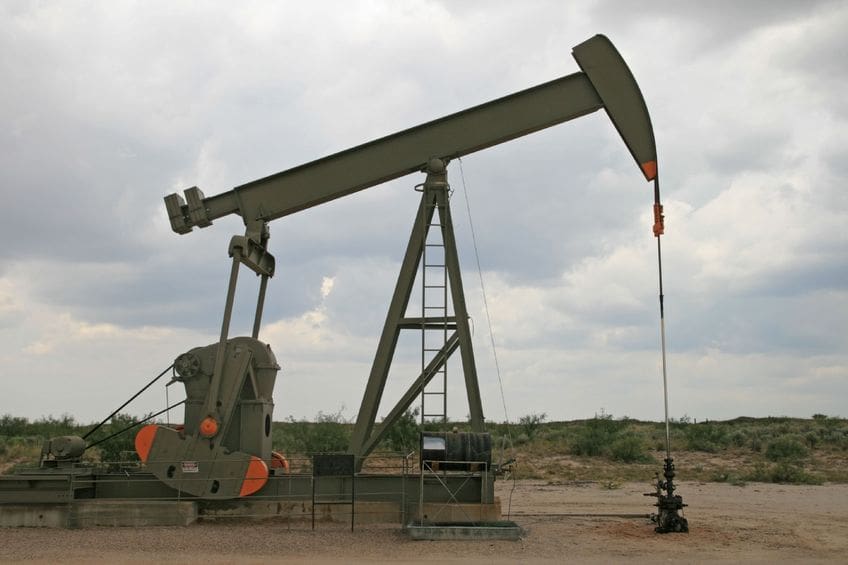The Permian Basin of West Texas and Southeastern New Mexico is hot.
It leads the state and nation in oil and natural gas production, according to the Texas Railroad Commission, which regulates the oil and gas industry in Texas, and the Energy Information at the U.S. Department of Energy.
It has been one of the leading oil and gas regions for many years, but the technology advancements in drilling, completion, and production – along with higher oil and gas prices – have made it an international star.
Crude oil prices have doubled since 2016 on the New York Mercantile Exchange closing at $68.72 on Wednesday, but the Permian Basin has been so successful at producing vast amounts of oil there has been an oversupply forcing down prices in the area. Crude oil in the Permian Basin sells at an $11 to $17 discount to NYMEX currently.
Natural gas faces many of the same issues and sells for about half the price of NYMEX traded gas. Permian basin spot prices decline and are now at record lows compared to Henry Hub spot prices. Prices at the Waha Hub in West Texas averaged $1.27/MMBtu, $1.69 lower than Henry Hub prices on Wednesday.
The industry is working hard to build new infrastructure to relieve the backlog. Midstream companies announced this week an array of new facilities aimed at relieving the oversupply of oil and natural gas in the area.
Kinder Morgan and Midland-based EagleClaw Midstream have authorized the proposed $2-billion, 430-mile Permian Highway Pipeline project to transport natural gas from West Texas to Houston and other hubs, according to the Houston Chronicle. “The project is part of the race to build gas and oil pipelines from the booming Permian Basin to refining and port hubs near Houston and Corpus Christi. Permian production is currently stalling from pipeline shortages to carry the oil and gas out of rural and landlocked West Texas,” the story stated.
Additionally, Enterprise Products Partners said on Tuesday it is expanding what is already the world’s largest natural gas liquids complex in the world in Mont Belvieu. Enterprise said it is beginning construction on its 10th fractionator facility just east of Houston in Mont Belvieu. Fractionators take the streams of natural gas liquids from oil and gas wells and separate the NGLs into their individual parts, such as ethane, butane and propane.
Another announcement came on Wednesday that Magellan Midstream Partners LP expects to spend about $2 billion to construct a proposed crude oil pipeline from the Permian Basin to the U.S. Gulf Coast.
Flint Hills Resources is planning to expand its Ingleside crude oil export facility as exports of U.S. crude continue to ramp up along Texas’ Gulf Coast. The terminal expansion will include four new crude oil storage tanks with a loading capacity of 380,000 barrels a day and storage capacity of about 4 million barrels when the work is completed by October 2019.
Alex Mills is the former President of the Texas Alliance of Energy Producers. The opinions expressed are solely of the author.
Alex Mills is the former President of the Texas Alliance of Energy Producers. The Alliance is the largest state oil and gas associations in the nation with more than 3,000 members in 305 cities and 28 states.





